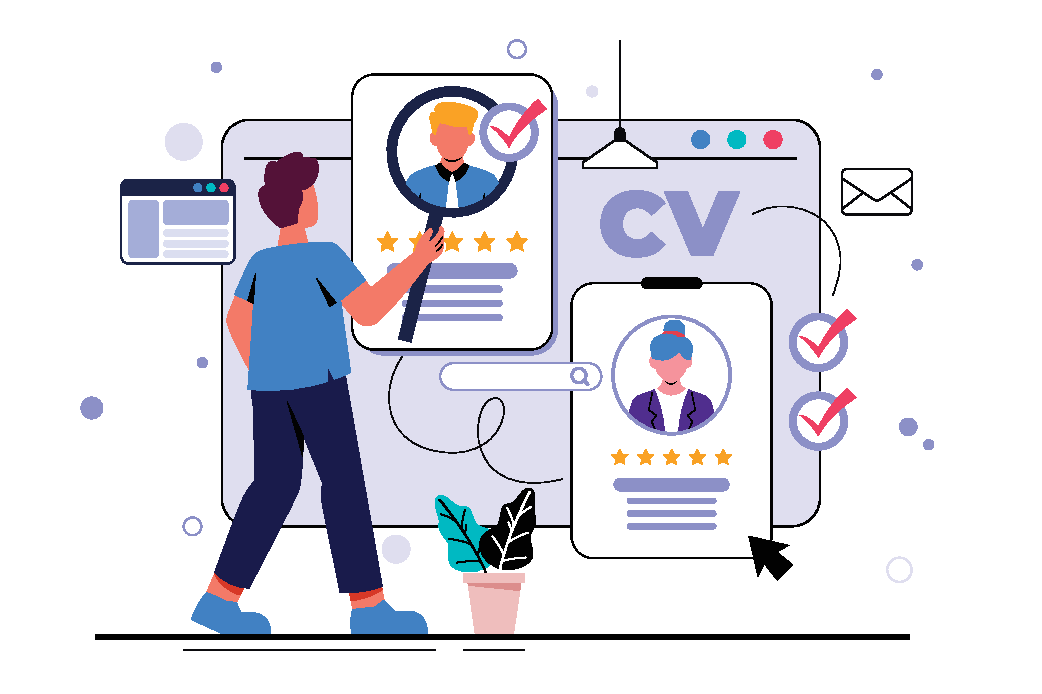As your organization expands, so do the challenges that come with leading a growing team. What once worked for a small, tight-knit group doesn’t always scale — and HR leaders are often at the forefront of helping managers evolve their approach.
From communication and collaboration to recognition and lifestyle benefits, effective leadership in a scaling business means aligning people, processes, and purpose. When done right, you don’t just manage growth — you inspire it.
In this article, we’ll explore six essential strategies HR leaders can use to help teams stay connected, motivated, and aligned as they grow.
1. Lead with Clarity and Communication
Communication is the foundation of every successful team. When your organization is growing, clear and consistent communication keeps everyone aligned, engaged, and confident in their direction.
How HR Leaders Can Strengthen Communication
- Be transparent and inclusive: Share updates about company goals, challenges, and successes openly. Transparency builds trust and accountability.
- Encourage dialogue: Create spaces for open conversations — through regular check-ins, team meetings, or digital channels.
- Listen actively: Employees who feel heard are more likely to be engaged and loyal.
Technology can play a huge role here. Digital tools like Slack, Microsoft Teams, or Notion can help teams stay connected, especially when working across locations or time zones. The key is to make communication seamless — not overwhelming.
Why Transparency Matters During Growth
When people understand why decisions are made and how their work contributes to the company’s vision, they feel more invested. Transparency fosters a sense of belonging — and belonging drives performance.
2. Foster a Culture of Collaboration
As your team grows, silos can quickly form. Collaboration must be intentional, not assumed. Strong collaboration builds innovation, engagement, and shared ownership.
Strategies for HR and Leaders
- Promote inclusivity: Ensure every voice — regardless of seniority or department — feels valued.
- Encourage cross-functional projects: Collaboration across departments strengthens relationships and sparks innovation.
- Recognize team success: Reward collective achievements, not just individual wins.
When employees feel like they’re part of something bigger, they work harder — and smarter — toward shared goals.
Shared Goals Strengthen Team Cohesion
Setting shared, measurable objectives helps teams rally behind a common purpose. It aligns efforts, encourages communication, and makes success a shared experience rather than a solitary one.
3. Set Clear, Achievable Goals
Clear goals give growing teams direction and purpose. Without them, even the most talented employees can lose focus or feel disconnected from business outcomes.
How to Set Better Goals
- Use SMART criteria: Goals should be Specific, Measurable, Achievable, Relevant, and Time-bound.
- Involve your team: People are more committed to goals they help create.
- Review and adjust regularly: Growth means change — your goals should evolve too.
Leverage Data for Clarity
HR leaders can use performance analytics to track progress and identify areas for improvement. Data-driven decision-making keeps goals realistic and measurable, creating clarity across departments.
When employees see the direct connection between their work and company success, motivation naturally increases.
4. Motivate and Engage Through Personalization
Employee engagement thrives when recognition and rewards feel personal. Generic “thank-yous” no longer cut it — today’s workforce craves authenticity, flexibility, and choice.
Recognize What Matters Most
Recognition is one of the most powerful motivators. Whether it’s celebrating milestones, highlighting accomplishments, or offering professional growth opportunities, meaningful recognition boosts morale and retention.
This is where LIVD comes in. With LIVD, HR leaders can provide personalized lifestyle benefits — flexible stipends that allow employees to choose what matters most to them. From wellness and travel to fitness or family care, personalized rewards make recognition feel human again.
Continuous Learning as a Motivator
Investing in employee development shows commitment to their growth. Offer learning opportunities through training, mentorship, or online platforms. Teams that continuously grow are more engaged and adaptable to change.
5. Adapt Your Leadership Style as You Scale
What works for a small team may not work for a team of fifty. Effective leaders evolve their approach as their teams grow — shifting from direct supervision to empowerment and trust.
How to Adapt as a Leader
- Understand your team’s needs: Different personalities and skill sets require different types of support.
- Empower autonomy: Trust your team to make decisions. Micromanagement kills creativity.
- Lead with empathy: Growth brings pressure — recognize when your team needs guidance, support, or space.
Emotional Intelligence Is the New Superpower
Great leadership isn’t about authority — it’s about awareness. Emotionally intelligent leaders can navigate challenges, manage conflict, and connect with their teams authentically.
HR leaders can help foster this by coaching managers in empathy, communication, and feedback — skills that define great leadership today.
6. Leverage HR Technology to Enhance Employee Experience
In the modern workplace, technology is no longer optional — it’s a strategic advantage. From communication tools to benefits administration, digital platforms can help HR leaders streamline operations and enhance engagement.
Why Technology Matters
- Automate the admin: Free up HR teams from repetitive tasks to focus on strategy and people.
- Simplify benefits management: Digital platforms like LIVD make managing lifestyle benefits effortless while giving employees autonomy and choice.
- Measure engagement: Use data and analytics to understand what’s working — and where improvements are needed.
When HR uses technology to personalize and simplify the employee experience, it sends a clear message: we care about making your work life better.
The Future of Leadership: People-First, Purpose-Driven
Leading a growing team isn’t just about scaling operations — it’s about scaling connection, trust, and purpose.
HR leaders play a pivotal role in helping managers adapt to this evolution. By fostering communication, collaboration, recognition, and flexibility, you’re not just guiding growth — you’re shaping a culture that retains and inspires top talent. With tools like LIVD, organizations can modernize how they engage employees through personalized lifestyle benefits that enhance well-being, motivation, and loyalty. Because when employees feel valued and supported, they don’t just work — they thrive.

